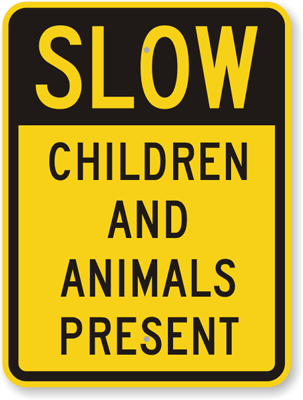by Esther Jantzen, guest poster
This activity is easy and energizing! It helps children learn to look closely at the ordinary and amazing things in the world around them. The thing to do is to keep asking “I wonder” questions. It’s fun to hear what children say while you do this. Their answers may be surprising and unusual, and it’s okay if they don’t make total sense.
Here is one way to do it:
1) With a paper bag in hand, take a walk outside your house with your child. Together collect as many different kinds of leaves as you can, picking up only one of each kind. Ask, “What do you notice?” or “What do you see?”
2) When you get home, sort the leaves (or stones) into groups. For instance, you could put all the pointy leaves into one group and all the leaves with round edges in another group. Ask, “I wonder why some leaves have points and some are round?” and see what your child answers.
3) Then sort those leaves by some other category like by color, size, texture, or some other characteristic. Let the child choose another way to sort the leaves and say, “Tell me about how you sorted those.”
Ask “I wonder” questions often, such as, “I wonder how plants take water and brown earth and make colorful flowers?” We may not know all the answers to these questions, but it encourages thinking and creativity in children.
Esther Jantzen, Ed.D, is a mother, an educator and the author of Plus It! How to Easily Turn Everyday Activities into Learning Adventures for Kids available at www.plusitbook.com and the Way to Go! Family Learning Journal available through www.jantzenbooks.com


